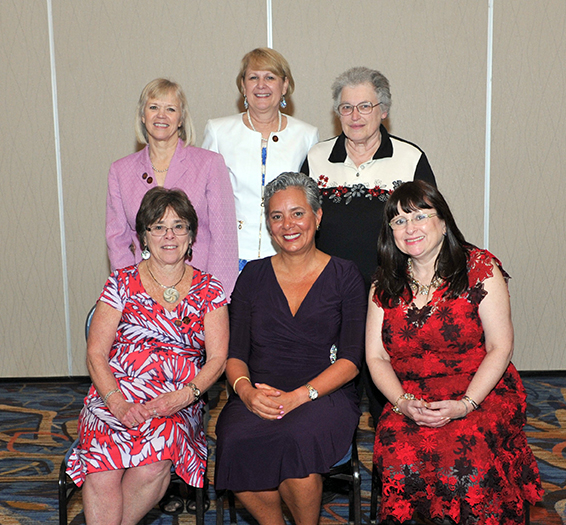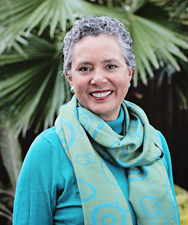Patricia E. Molina, MD, PhD
Richard Ashman Professor and Head Department of Physiology, Director Alcohol and Drug Abuse Center of Excellence, School of Medicine
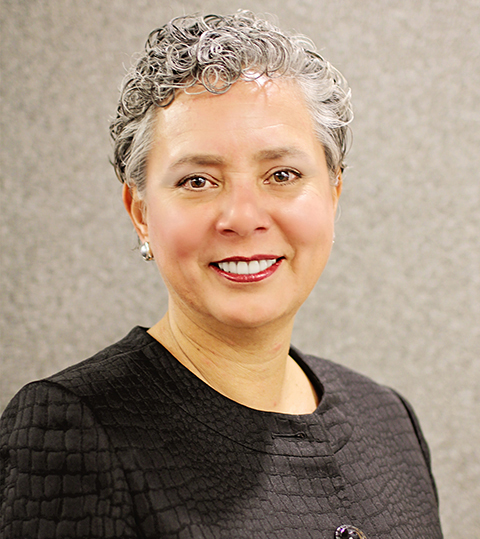
She was born in San Salvador, El Salvador, the smallest country in the Americas, to a Mexican father and a Palestinian mother.
"I attended the American School, because my father believed that being bilingual would open so many more doors in my professional future. But I also attended the Alliance Francaise, ballet academy, art and cooking school, swimming and tennis lessons, and weekly calligraphy tutoring, because my mother wanted me to be fit to marry royalty!"
“But clearly, for my parents, education was the only thing no one can take from you, " notes Dr. Molina. “As a junior in high school, I spent a year in Baton Rouge, LA, where I had my first taste of American life as an exchange student in a program called Youth for Understanding. I was the first student from that program to ever come to a southern state. Looking back, it could have been a sign of my future path. After returning to El Salvador to complete high school in the American School, I faced the political turmoil of the mid-70s, a period when the only medical school in our country was occupied by guerrillas, and the assassination of one of the deans made it impossible for me to pursue my dream of medical school in my native country.”
Since kindergarten, Dr. Molina's dream had been to be a pediatrician, and she was sure nothing could stand in the way.
But, as it has been said, life is what happens to you when you're busy making other plans. In medical school, she befriended a classmate.
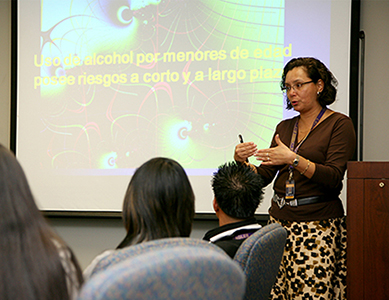
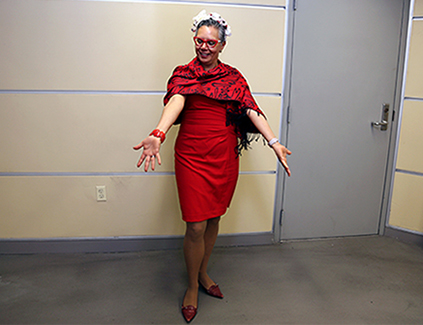
They alerted the faculty at the medical school that she was home playing mom and not planning to pursue her career. That led to a call from the director for the research unit at the Universidad Francisco Marroquin with an offer for a two-hour-a-day job to work with medical students in their dissertation research projects. Dr. Molina thought that was a good compromise, so she accepted.
"Initially at the University of South Alabama, recruited by Neil Granger into Aubrey Taylor's Department of Physiology, I discovered a world of science I did not even know existed," says Dr. Molina. "It was humbling to learn how much I did not know, despite the fact that I was already an MD! How could it be possible that there was so much more to know than what I thought I already had learned in medical school? That was the beginning of a scientific journey I would have never dreamt of! A year later, when my husband joined Tulane to do his residency training, I transferred to the Department of Physiology at LSU in New Orleans, where I completed my PhD in physiology under the mentorship of John Spitzer, Chuck Lang, and Greg Bagby. My graduate work focused on understanding the impact of alcohol on carbohydrate metabolism during sepsis."
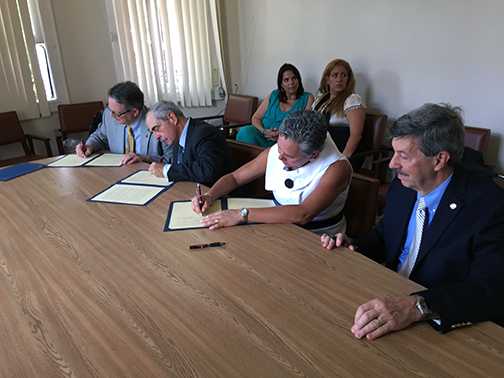
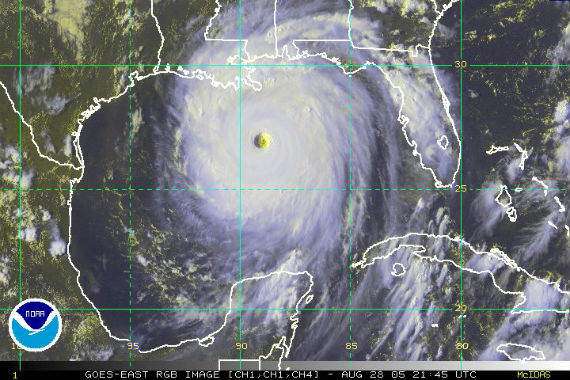
“The initial response was disbelief, followed by relief based on our safety and that of those around us, including colleagues, students, and staff,” remembers Dr. Molina.
Meanwhile, LSU Health Sciences Center was working to resume operations in borrowed space in Baton Rouge.
